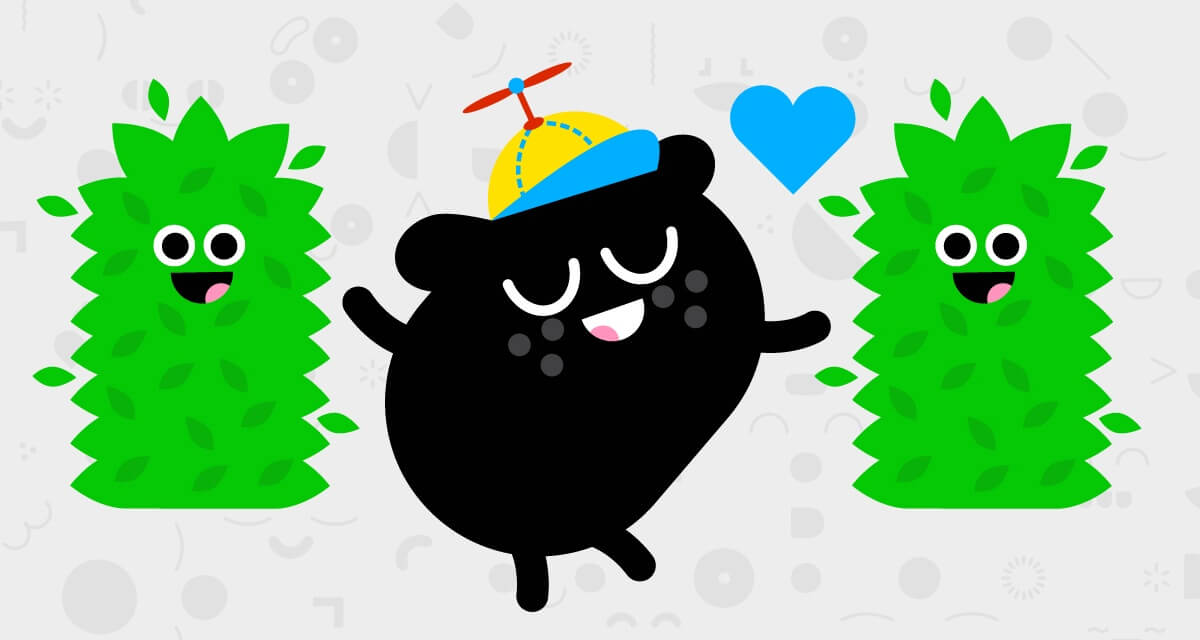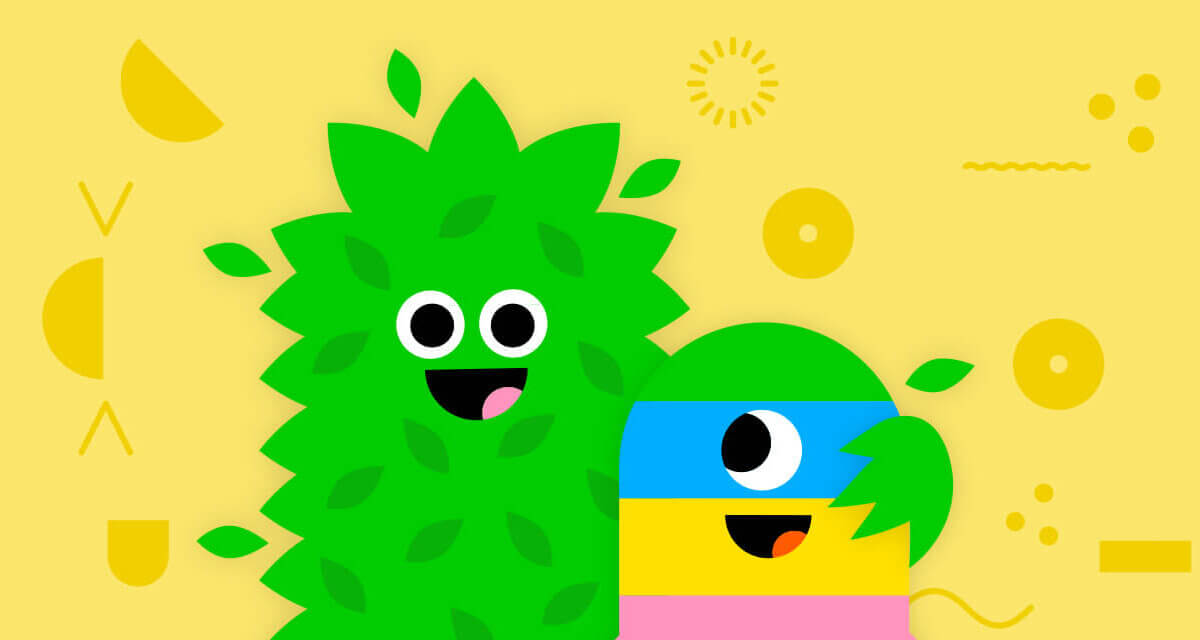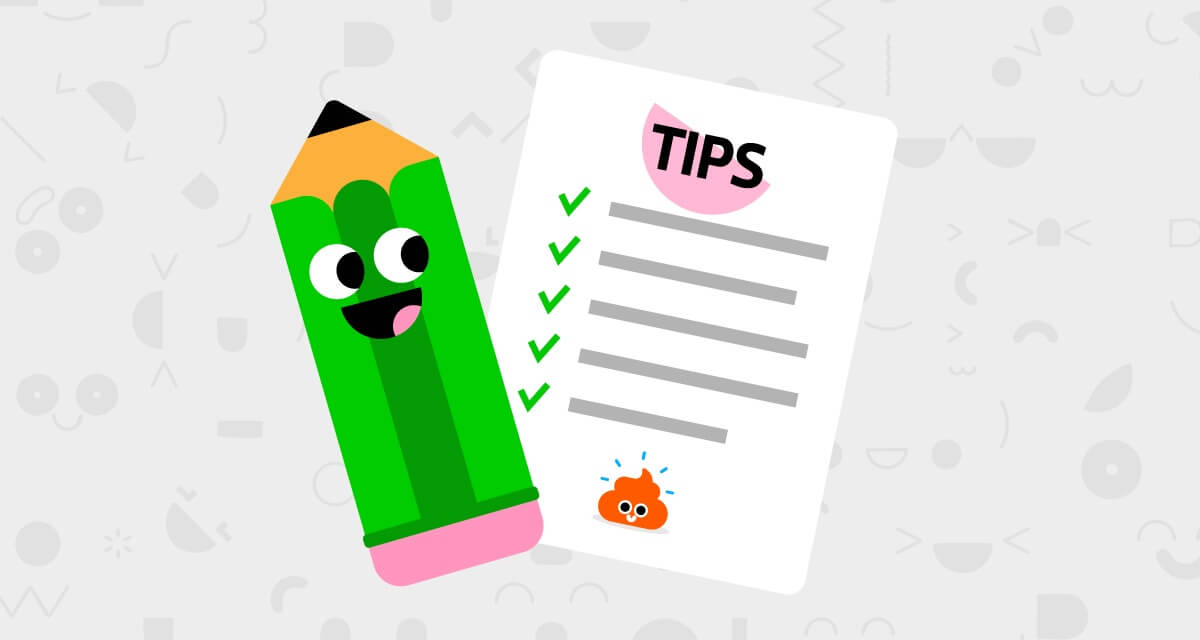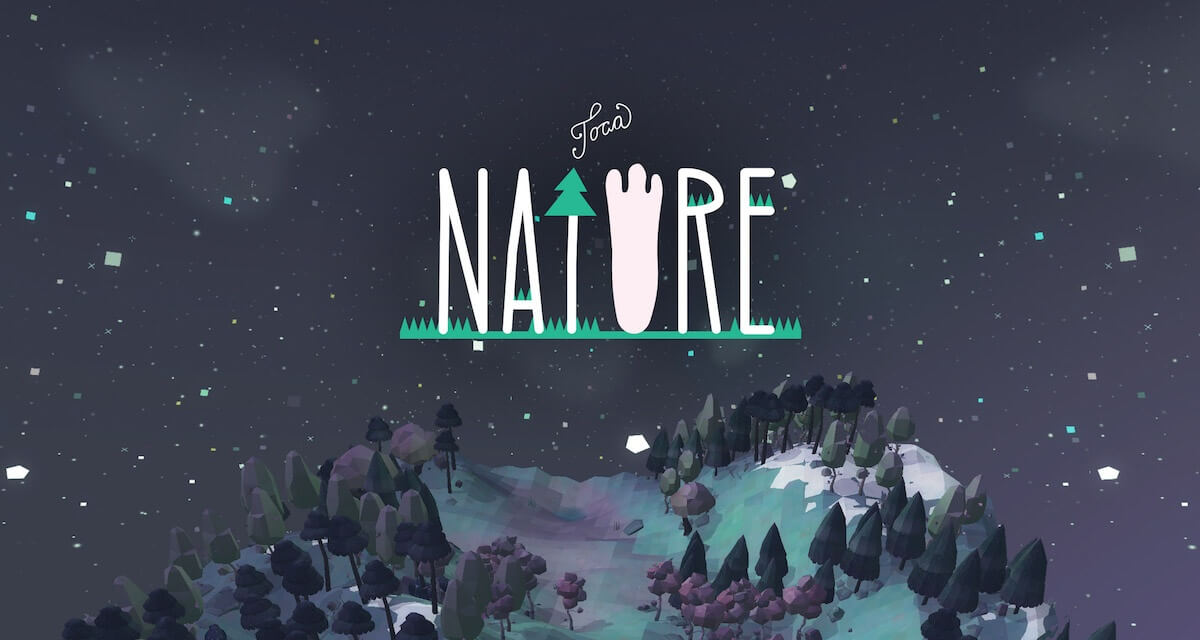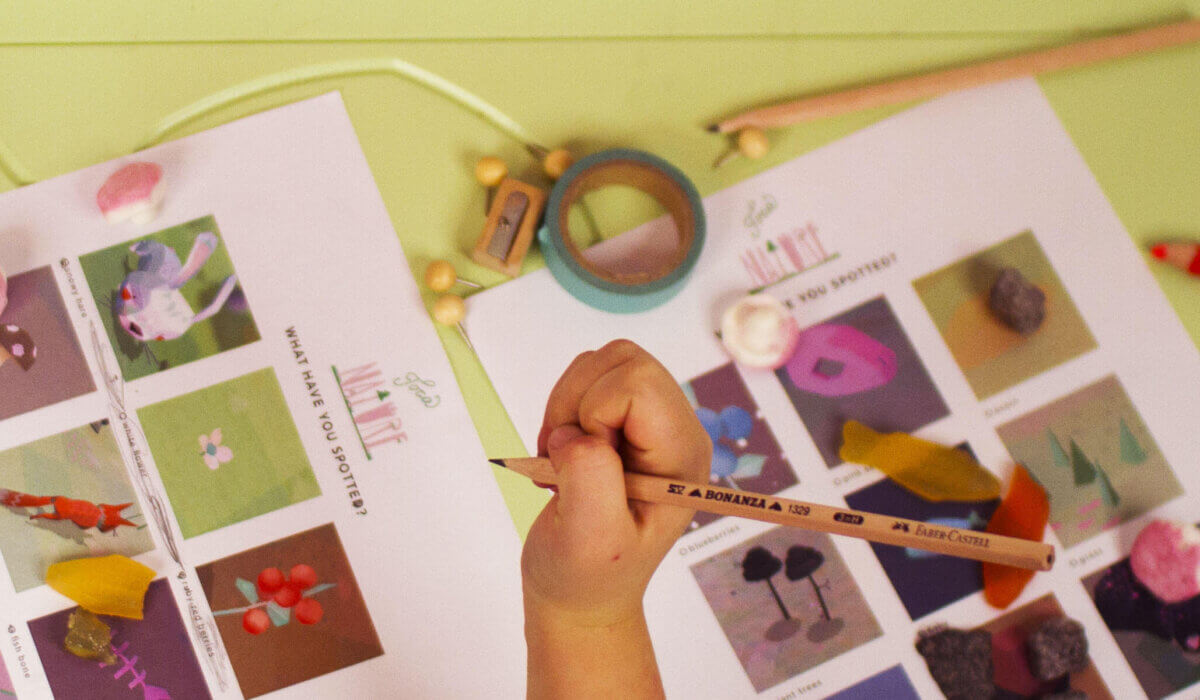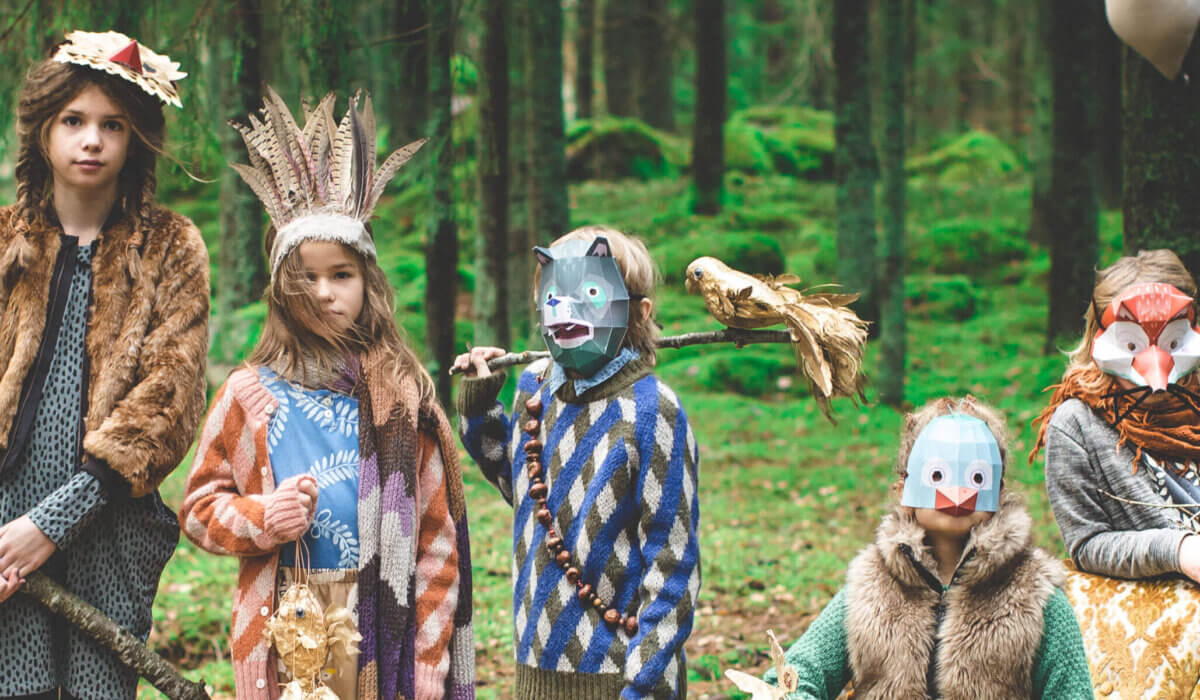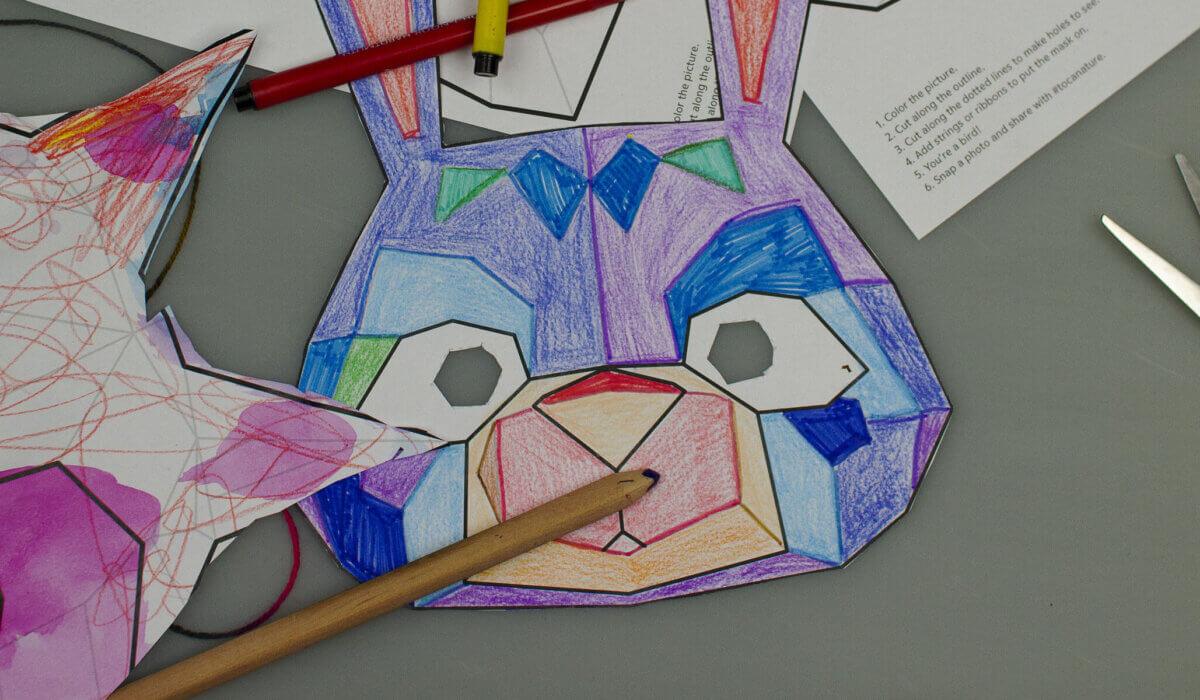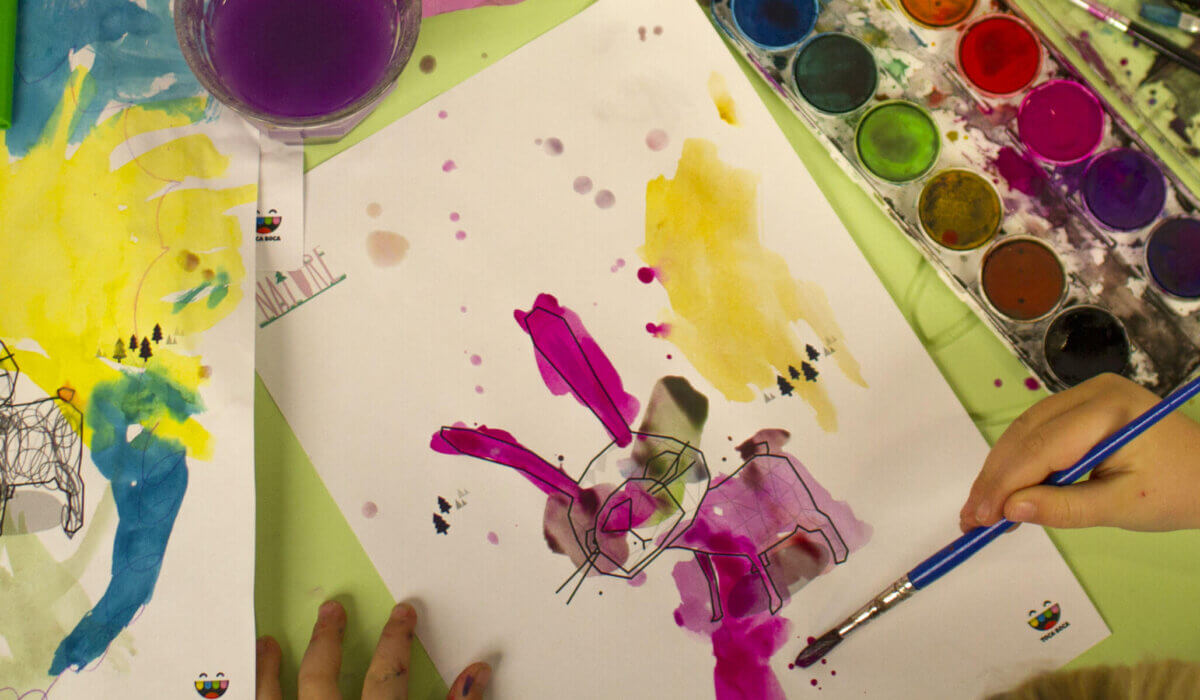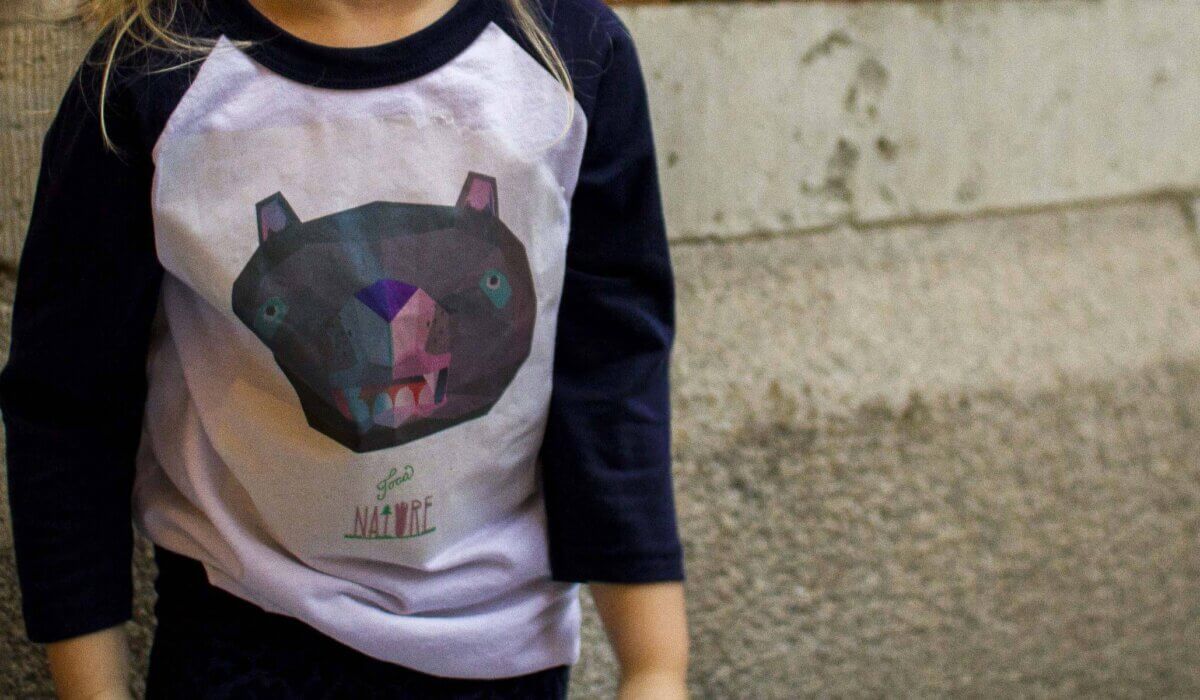Make every day Earth Day.
- By
- Parker Barry
Littles bodies can create lots of waste — from snacks to wipes to plastic toy packaging. But tiny hands can help clean up our Earth, too, and growing minds will remember the steps they learn now and build on those as they get older. Get kids involved from the start with recycling, reducing and reusing, and taking care of the earth will become — well — totally natural for them.
Recycle
Once toddlers no longer use the refuse bins as toy boxes, keep them accessible so kids can develop the habit of putting waste where it goes. Model and talk-aloud when deciding which disposal method you’ll use so kids know what goes in the recycle bin, what goes in the compost bin, what goes in your reuse bin, etc. Don’t have all those bins? They’re easy to set-up, though it will require a bit more legwork if you don’t live in an area with single-stream recycling or curbside composting. Our kid-friendly bin labels will help encourage kids to sort with a smile.
- Recycle. Many recycling centers no longer require sorting. Find out the requirements near you and sort (or not) accordingly. Plastic storage bins without the lids are an easy-to-handle size and fit nicely on pantry or closet floors to collect paper, plastic, glass, aluminum and other recyclables. Sorting items into the correct bin is a great learning activity for toddlers and preschoolers.
- Compost. Preschoolers get really excited about composting — “feeding” the soil. Put vegetable and fruit scraps, coffee grounds, egg shells and other compostable waste into a countertop composting bin (or just in a big bowl if you can take it outside daily). Talk to kids about the circle of life: how the plant or vegetable grew from the soil, provided food for the family, and can now decompose and nourish the soil so it can grow more healthy foods.
- Reuse. Keep a basket or bin to toss items you might want to reuse for crafting or other projects. Kids can raid it to use their imaginations to create something new. Empty shoe boxes, toilet paper or paper towel rolls, egg cartons and packaging materials (like bubble wrap) are all really fun to reuse and encourage kids to play and create.
Reduce
The easiest, and honestly, maybe the hardest, way to reduce with kids is in the toy department. Talk to them in kid-friendly language about the chemicals involved in creating plastic toys as well as all of the waste created in making and packaging the toys. Consider gifts of experiences — like memberships to children’s museums; tickets to movies or shows; season passes to theme parks or favorite local sports teams — rather than toys. Encourage outdoor play, which doesn’t need to involve toys. And don’t forget about digital toys and games — they’re waste-free!
Reuse
Involve older kids in this project: Look through one day’s trash and find one item that you normally throw away that can be replaced with a reusable. Consider replacing sandwich or snack bags with reusable cloth bags; paper dinner napkins with cloth napkins; diapers or disposable training pants with washable cloth versions (even if full-time cloth diapering isn’t for you, consider trying it when you’re just dealing with occasional overnight needs). Switching to reusable materials is good for the environment and adds some fun with fashionable designs on snack bags or diapers, and using cloth napkins adds a little elegance to family dinners.
What’s your favorite reusable?

